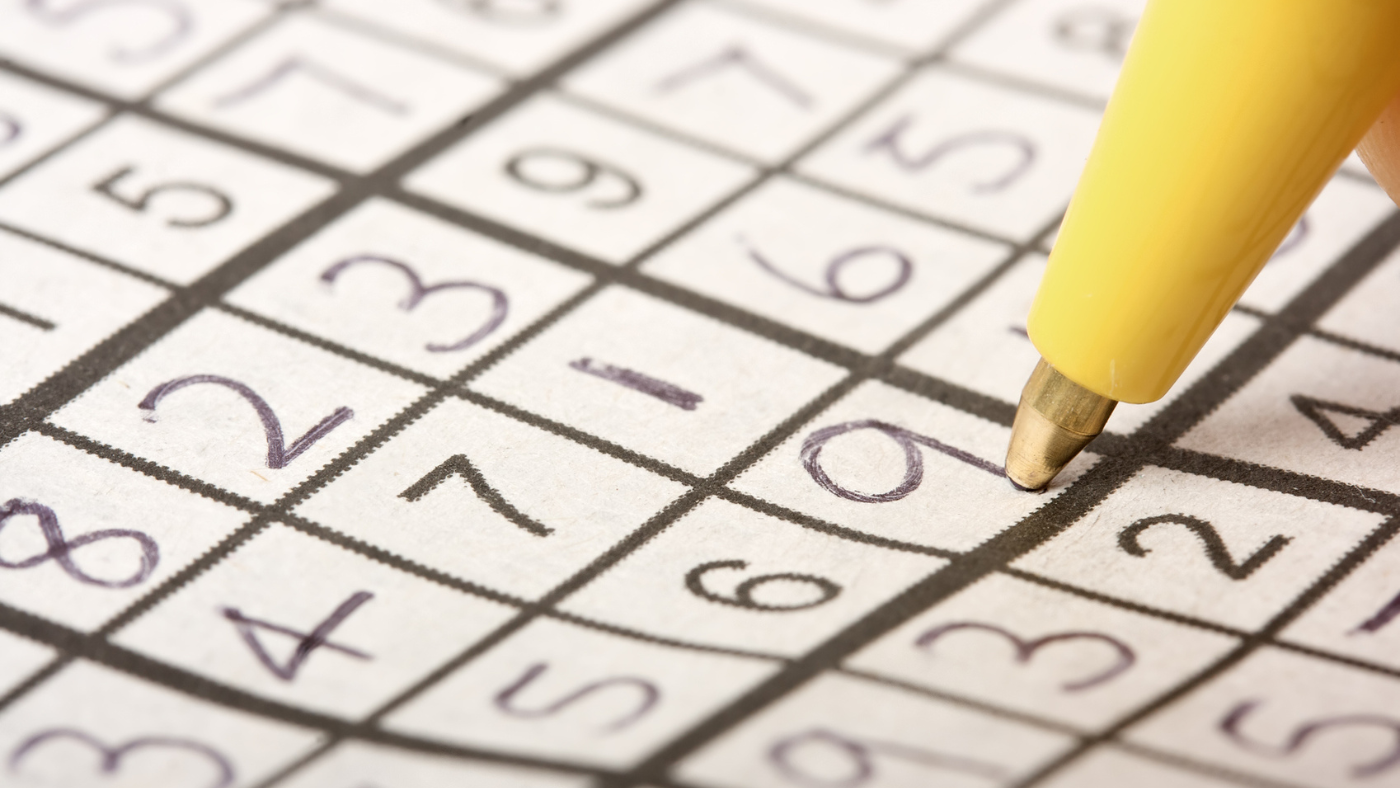What are the critics saying about David Hockney: The Arrival of Spring?
The paintings are described as ‘fresh’ and ‘joyous’, but also ‘unremarkable’
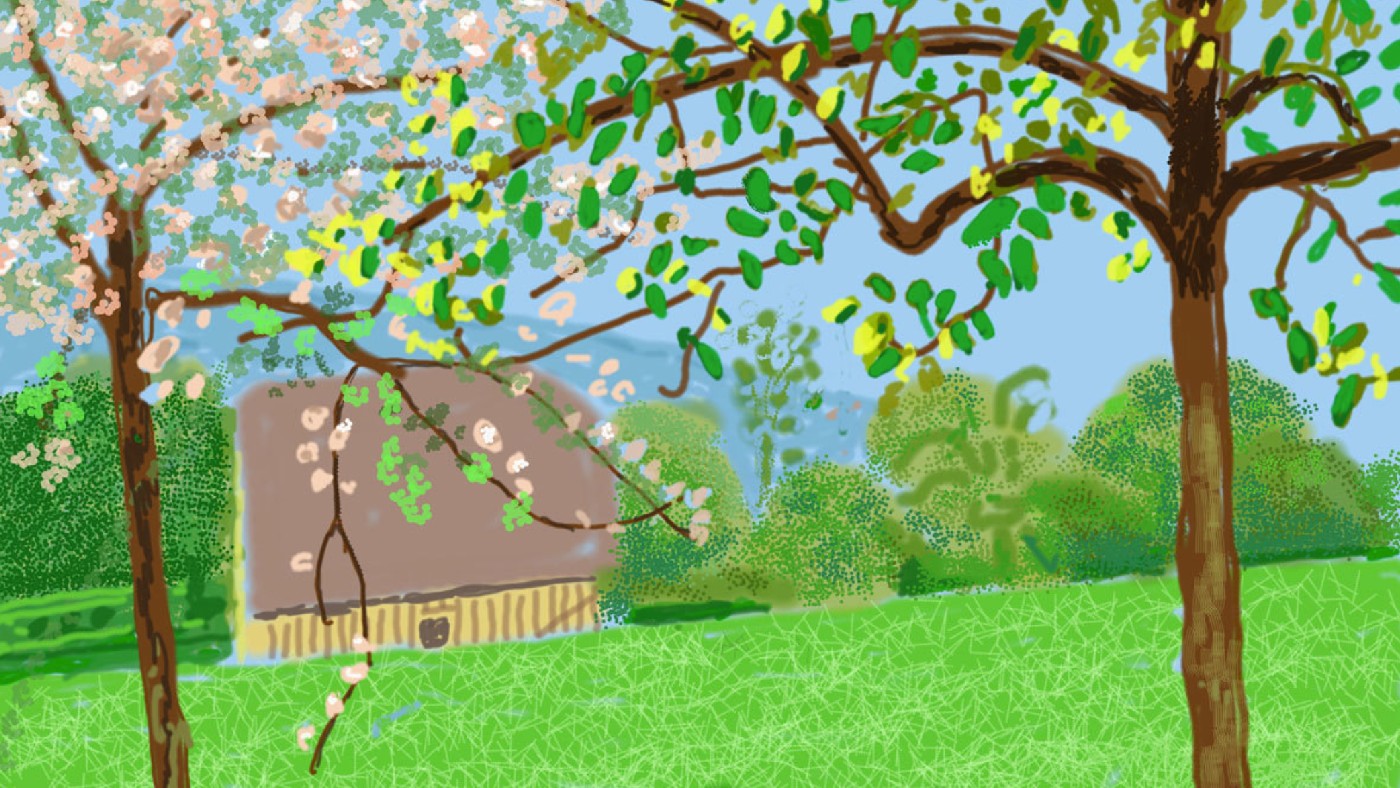
“This time last year, our nation was in the first grip of lockdown,” said Rachel Campbell-Johnston in The Times. Yet spring, David Hockney proclaimed, could not be cancelled. To bolster our spirits, he began posting online a series of new digital paintings of the “bright spring world” of his Normandy garden; they brought “a splash of pure joy” to the “gloom” of the pandemic. Now, we have the chance to see them up close.
This new exhibition brings together 116 paintings that the 83-year-old artist created on his iPad over the course of 2020. This may not be groundbreaking stuff, but the paintings are “fresh” and “joyous”. They’re “all about light”: “the strange twilit glow of tussocks and bushes” or “the silvery gleam of a rising Moon”.
There is “little sign of human life” in these images, said Alastair Sooke in The Daily Telegraph. The subject is “nature’s irrepressible, frothing abundance”: Hockney’s pond, “dimpled with raindrops”; a tree house in a “gnarly” old pear tree; and a row of poplars that recalls Monet. But in time, “all the springtime cheer becomes a bit relentless”. These iPad “paintings” have “an airless, artificial quality” that couldn’t be further from the spirit of masterpieces from Hockney’s heyday. They’re too uniform: it’s “landscape by algorithm”.
The Week
Escape your echo chamber. Get the facts behind the news, plus analysis from multiple perspectives.

Sign up for The Week's Free Newsletters
From our morning news briefing to a weekly Good News Newsletter, get the best of The Week delivered directly to your inbox.
From our morning news briefing to a weekly Good News Newsletter, get the best of The Week delivered directly to your inbox.
There’s “a painful mundanity” to these works, agreed Mark Hudson in The Independent. Hockney’s “unremarkable” landscapes and clumps of “damp daffodils” are tastefully nondescript, while his usually vivid palette is dulled by the digital medium. Hockney did much to make contemporary art accessible to millions, but I fear that he has now become “a deeply conservative – and pretty dull – artist”.
Royal Academy, London W1 (royalacademy.org.uk). Until 26 September.
A free daily email with the biggest news stories of the day – and the best features from TheWeek.com
-
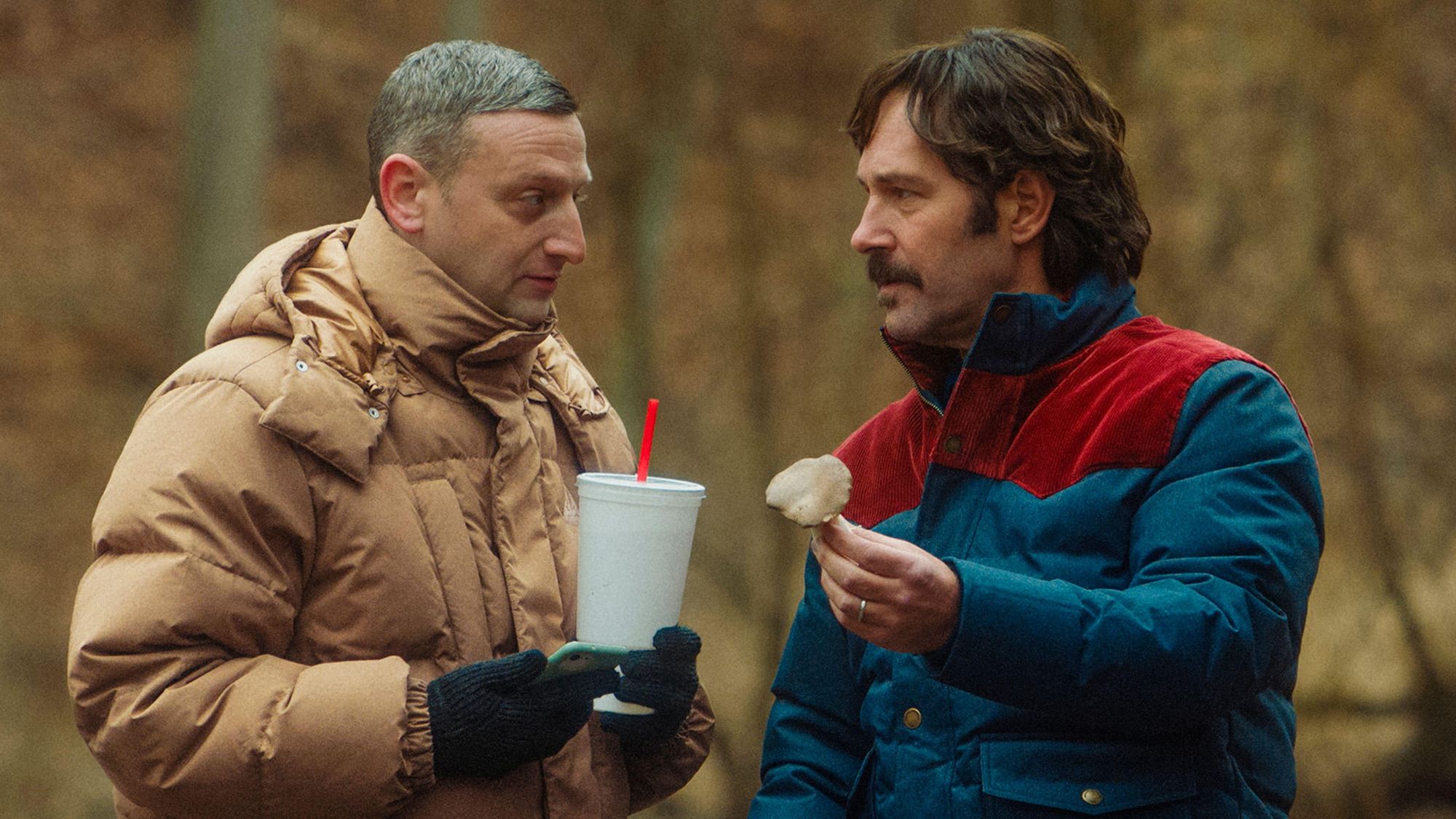 Friendship: 'bromance' comedy starring Paul Rudd and Tim Robinson
Friendship: 'bromance' comedy starring Paul Rudd and Tim RobinsonThe Week Recommends 'Lampooning and embracing' middle-aged male loneliness, this film is 'enjoyable and funny'
-
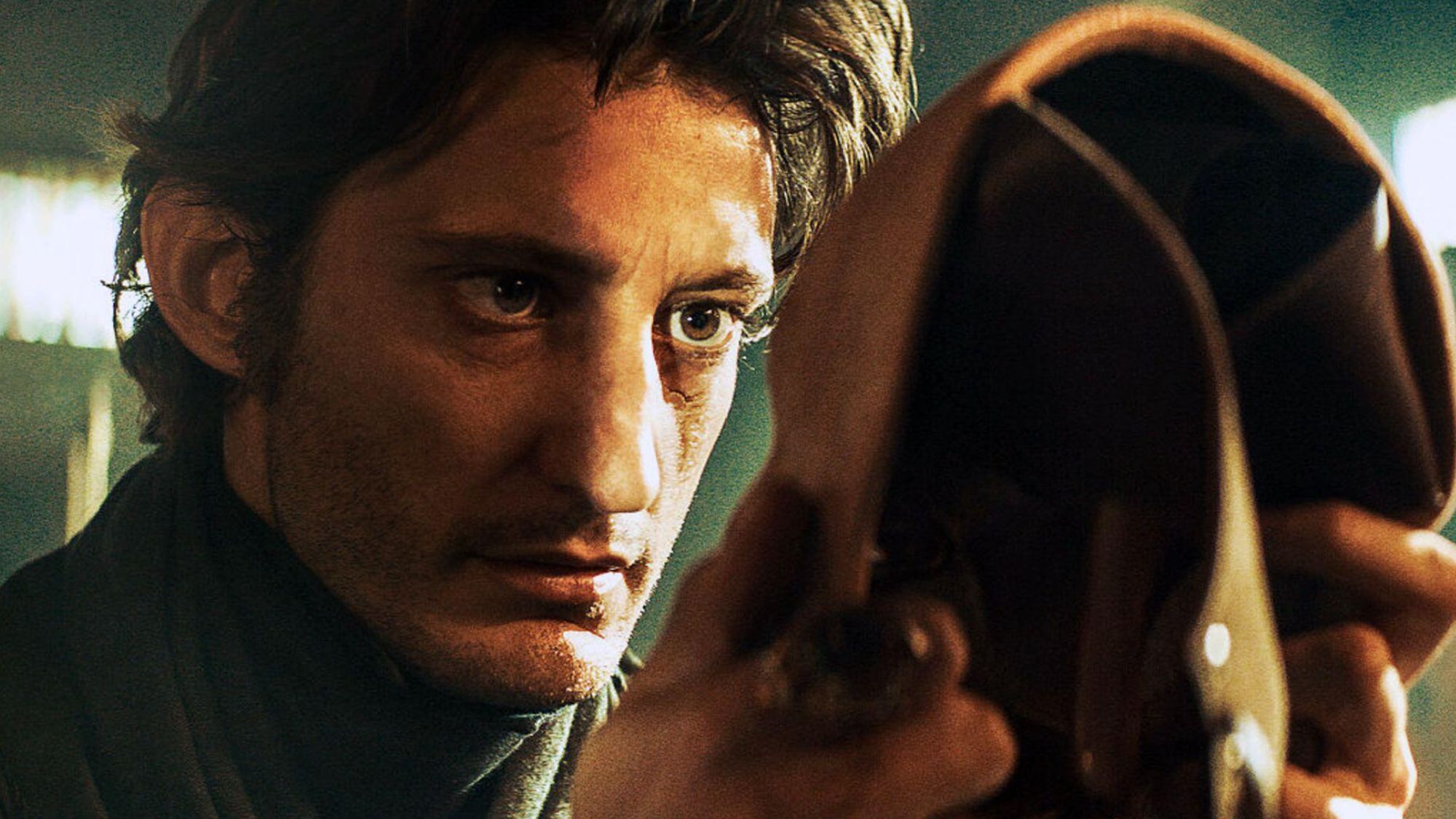 The Count of Monte Cristo review: 'indecently spectacular' adaptation
The Count of Monte Cristo review: 'indecently spectacular' adaptationThe Week Recommends Dumas's classic 19th-century novel is once again given new life in this 'fast-moving' film
-
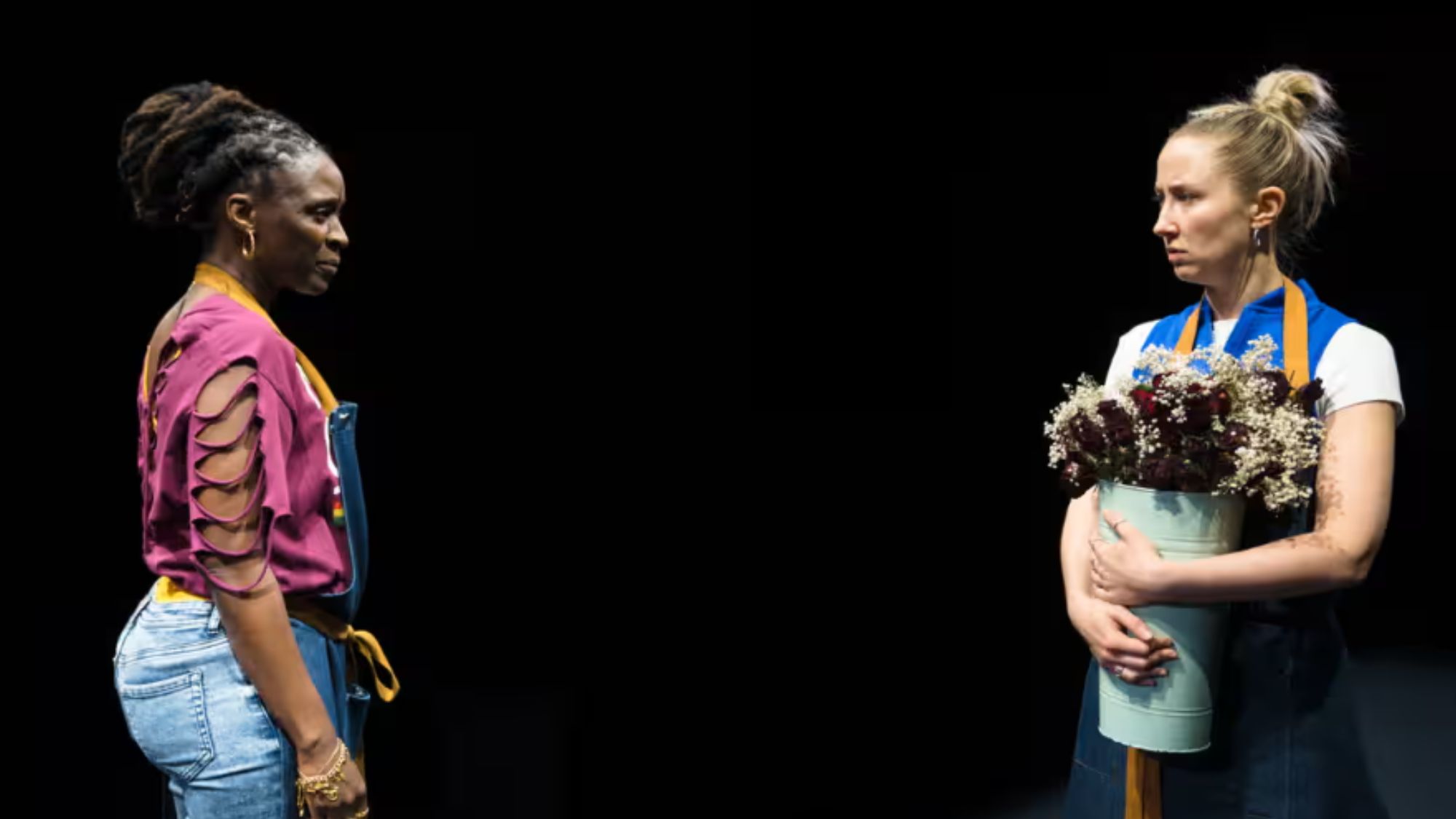 Death of England: Closing Time review – 'bold, brash reflection on racism'
Death of England: Closing Time review – 'bold, brash reflection on racism'The Week Recommends The final part of this trilogy deftly explores rising political tensions across the country
-
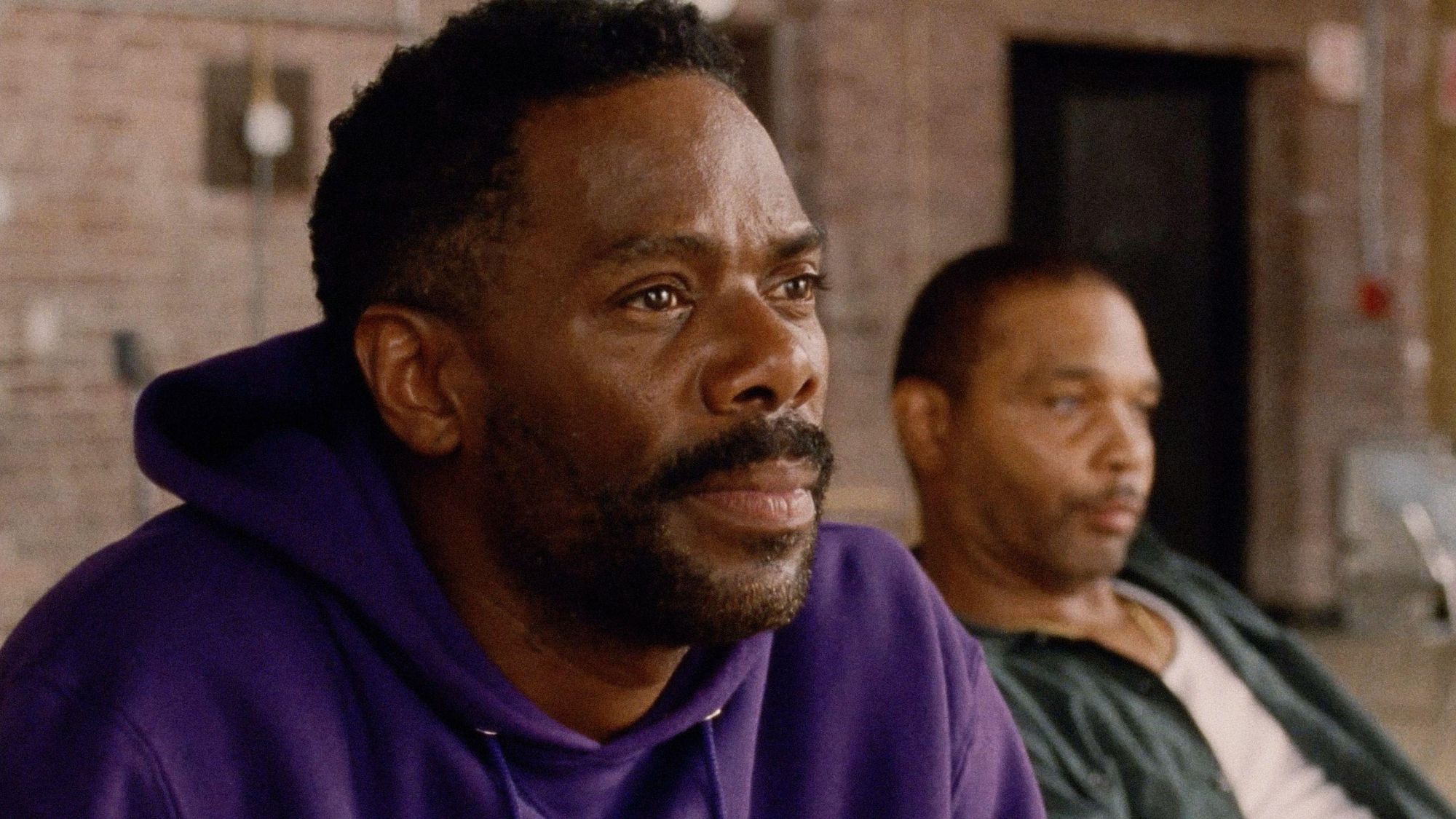 Sing Sing review: prison drama bursts with 'charm, energy and optimism'
Sing Sing review: prison drama bursts with 'charm, energy and optimism'The Week Recommends Colman Domingo plays a real-life prisoner in a performance likely to be an Oscars shoo-in
-
 Kaos review: comic retelling of Greek mythology starring Jeff Goldblum
Kaos review: comic retelling of Greek mythology starring Jeff GoldblumThe Week Recommends The new series captures audiences as it 'never takes itself too seriously'
-
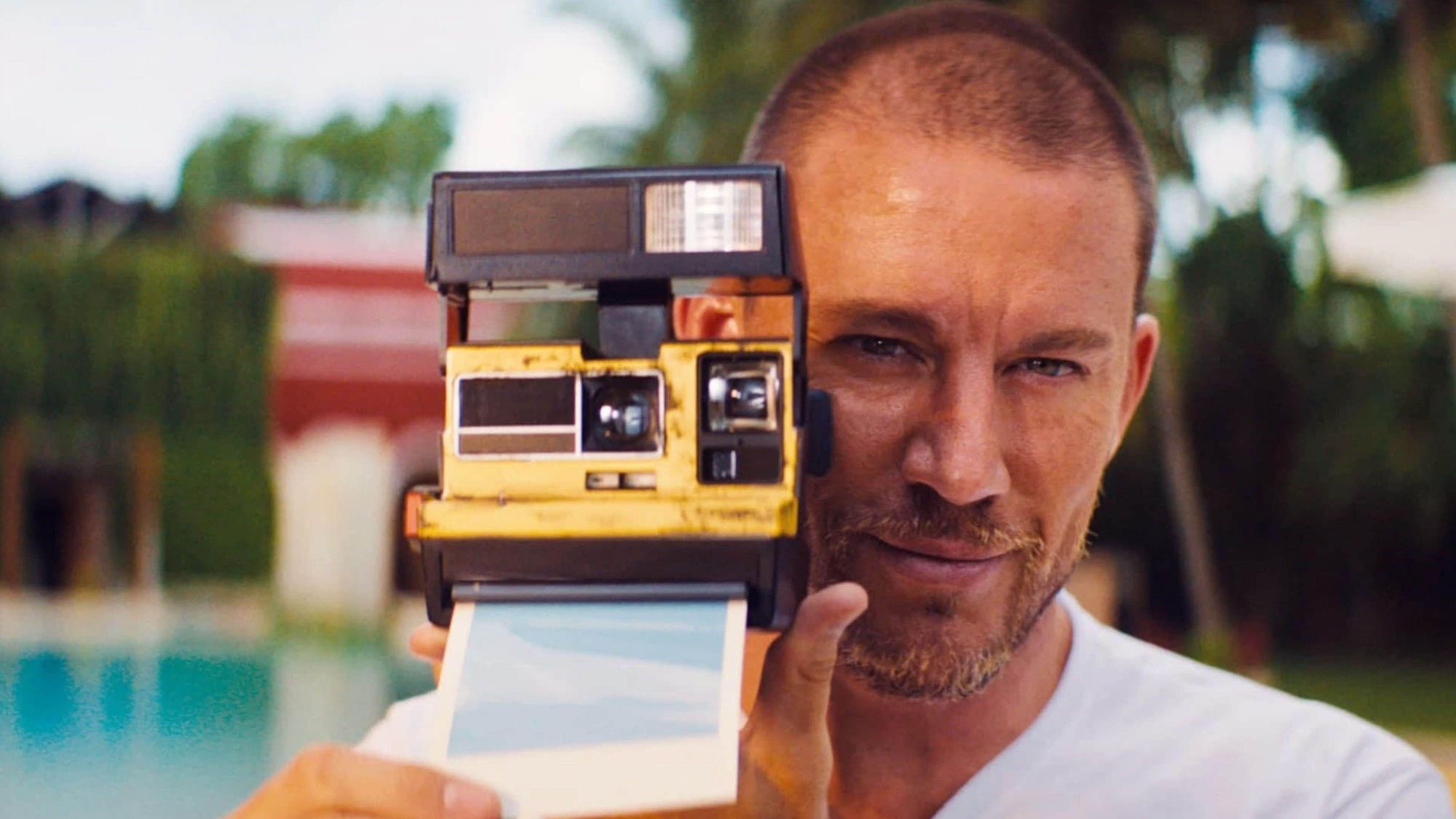 Blink Twice review: a 'stylish and savage' black comedy thriller
Blink Twice review: a 'stylish and savage' black comedy thrillerThe Week Recommends Channing Tatum and Naomi Ackie stun in this film on the hedonistic rich directed by Zoë Kravitz
-
 Shifters review: 'beautiful' new romantic comedy offers 'bittersweet tenderness'
Shifters review: 'beautiful' new romantic comedy offers 'bittersweet tenderness'The Week Recommends The 'inventive, emotionally astute writing' leaves audiences gripped throughout
-
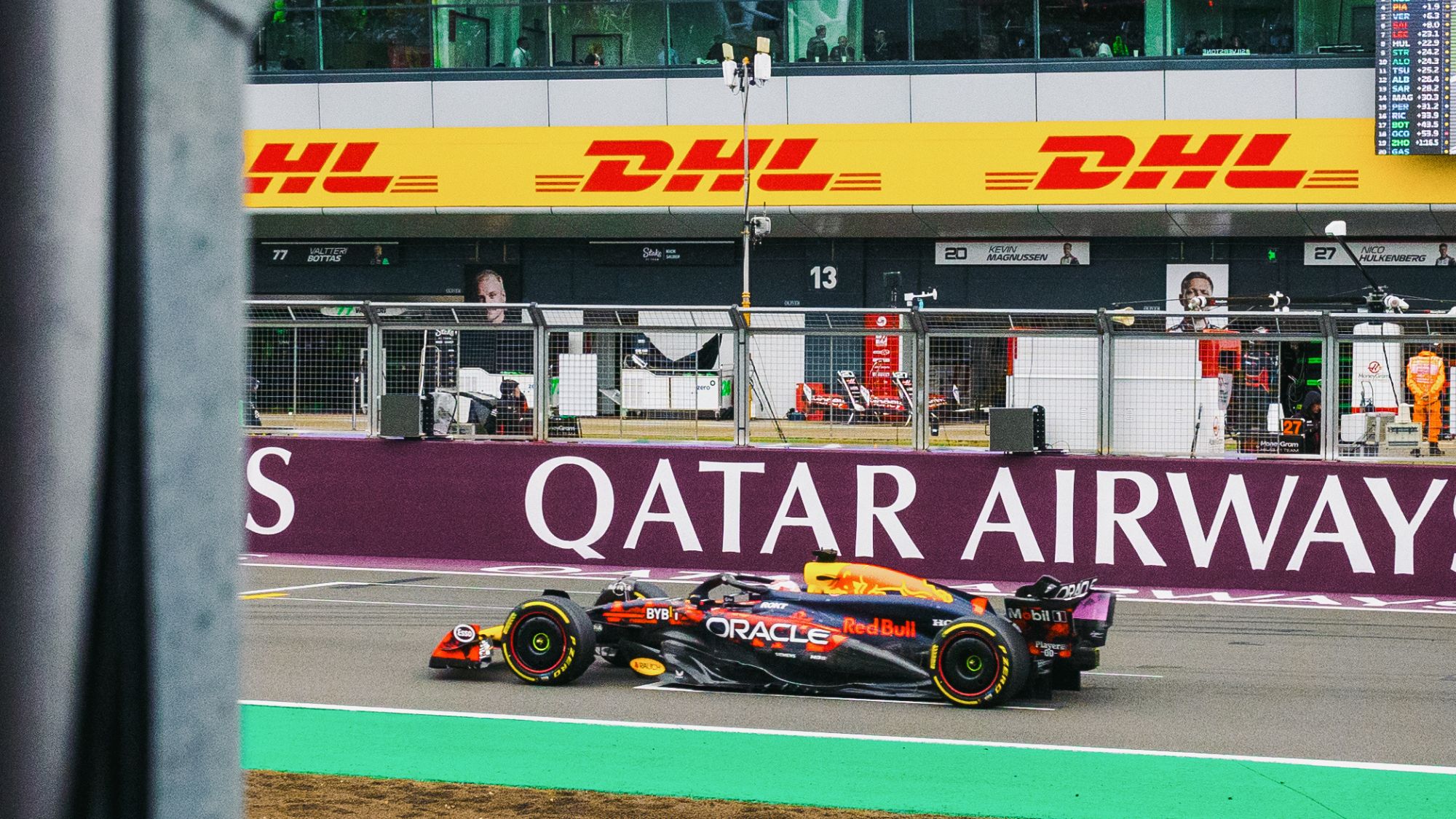 How to do F1: British Grand Prix 2025
How to do F1: British Grand Prix 2025The Week Recommends One of the biggest events of the motorsports calendar is back and better than ever


